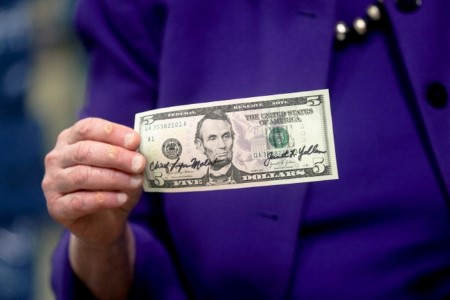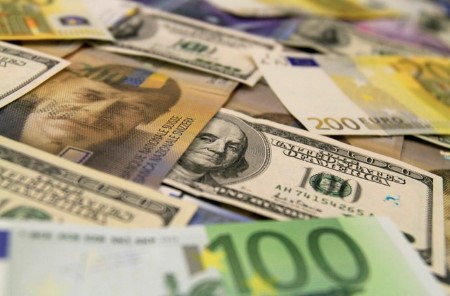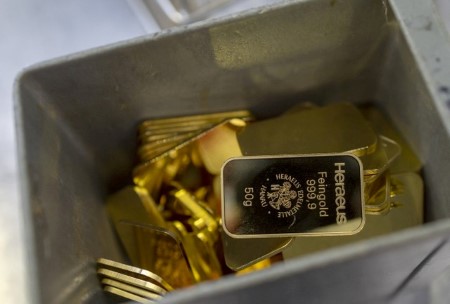Gold prices fell for a third-straight session on Thursday, trading near a key support level of USD 1,900 as global central bankers including Federal Reserve Chair Jerome Powell double down on their hawkish policy messages.
Spot gold was little changed at USD 1,906.45 per ounce by 0817 GMT, lingering near its lowest since mid-March. US gold futures GCcv1 fell 0.4% to USD 1,914.70.
Powell reiterated on Wednesday that more rate rises likely lie ahead for the central bank, and did not rule out a boost in the cost of borrowing at a policy meeting scheduled for the end of July.
The US dollar index held firm, keeping gold under pressure.
The overall scenario for gold and precious metals remains challenging, with both Powell and European Central Bank President Christine Lagarde preparing markets for more rate hikes, Carlo Alberto De Casa, external analyst at Kinesis Money.
Despite this, the support zone of USD 1,900 has so far proven to be solid, and many traders see growing chances of recession in 2024, De Casa added.
While gold is considered a hedge against inflation, rising interest rates dull non-yielding bullion’s appeal.
Bullion has dropped about 3% so far in June and looks set to end the quarter in negative territory for the first time since September 2022, as traders pushed back expectations for an end to the rate hike cycle.
Powell’s hawkish remarks reinforced interest rates going higher for longer, with a greater opportunity cost of holding gold dimming the appeal of the metal, said OCBC FX strategist Christopher Wong.
Market participants are now awaiting initial U.S. jobless claims and final first-quarter GDP numbers due later in the day, along with personal consumption expenditure (PCE) data for May on Friday.
Spot silver rose 0.3% to USD 22.776 per ounce, platinum climbed 0.7% to USD 917.46.
Palladium fell 0.1% to USD 1,247.86, but was holding above Wednesday’s 4-1/2-year low of USD 1,208.50.
(Reporting by Seher Dareen and Swati Verma in Bengaluru; Editing by Subhranshu Sahu, Rashmi Aich and Emelia Sithole-Matarise)







 DOWNLOAD
DOWNLOAD









